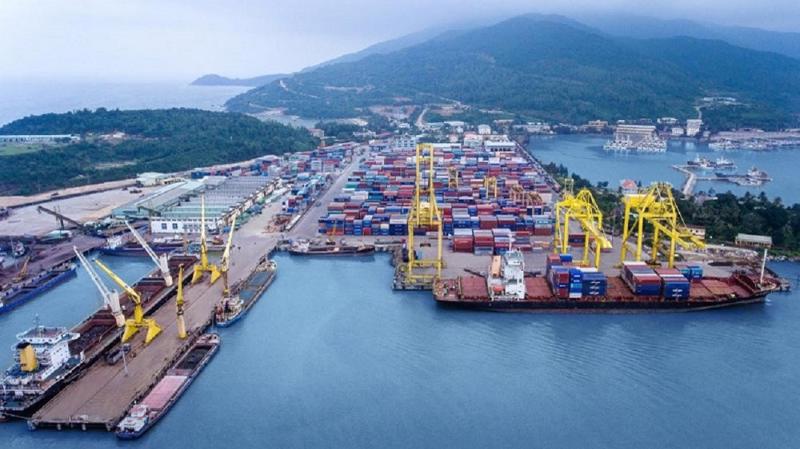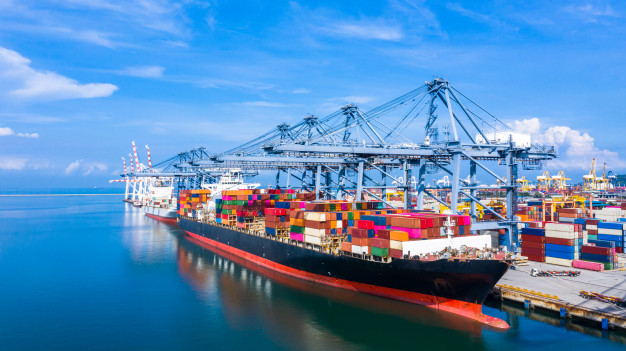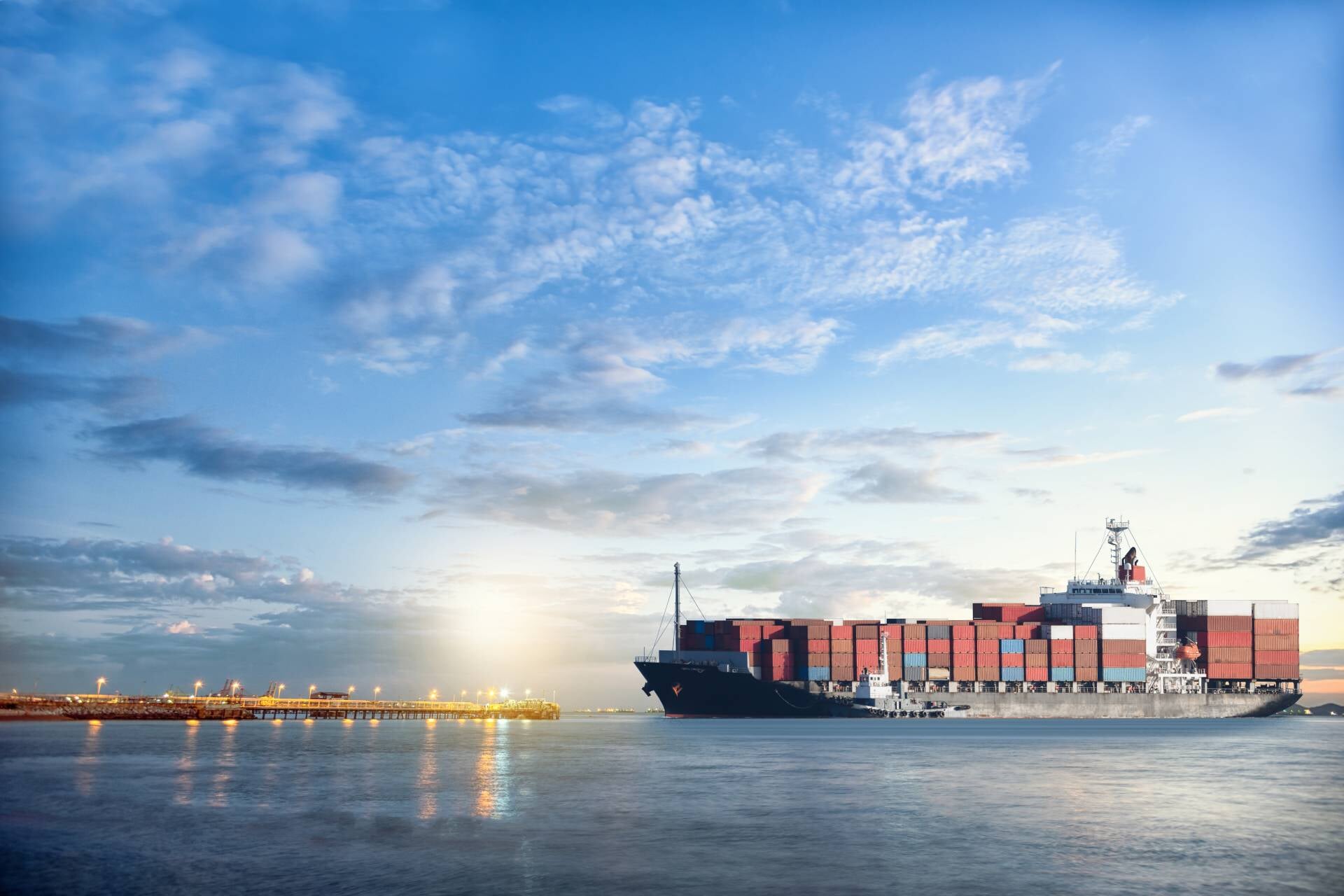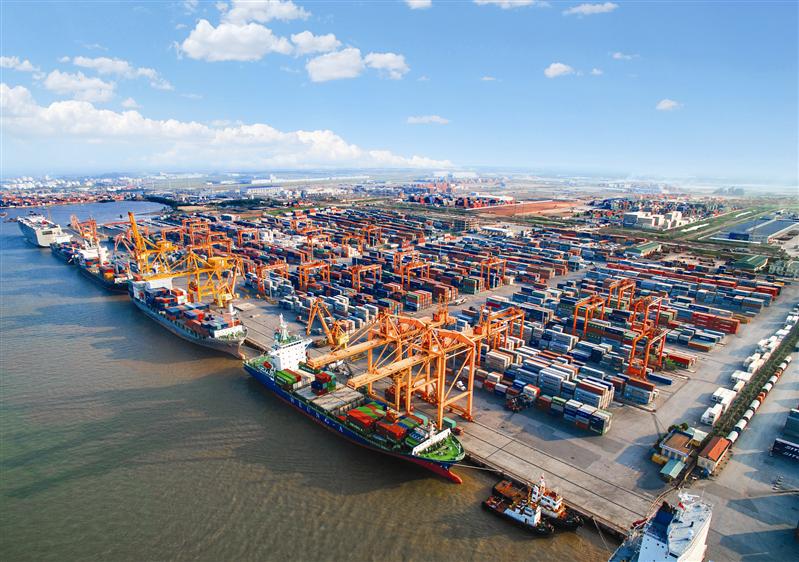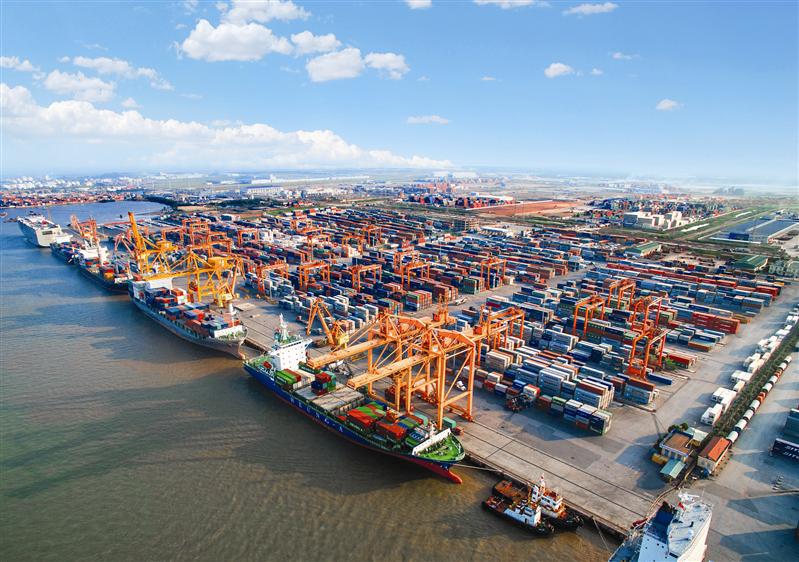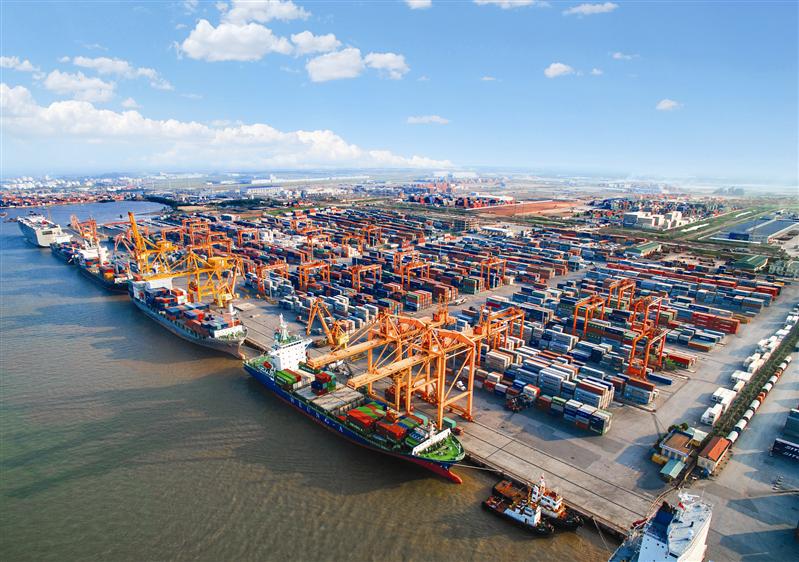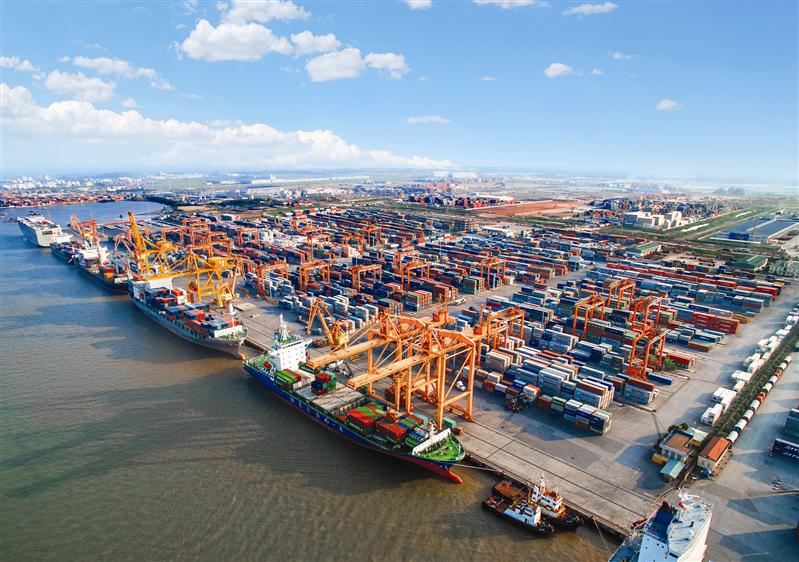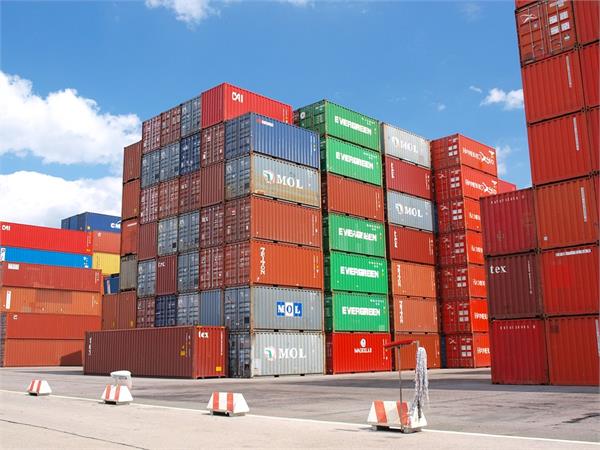
Economic downturn, freight rates plunge, what prospects for port stocks?
The shipping industry typically booms when supply growth is slower than demand growth, and declines when the supply of new ships enters the market while demand suddenly declines.
The shipping market has had many great changes, the situation has deteriorated rapidly according to the global economic trend. Shipping volume has decelerated, while freight rates are likely to remain under pressure until 2023, according to the latest update of SSI Research.
FREQUENTLY REDUCED FREIGHT
In the international market, charter rates for ships of different sizes unexpectedly dropped by 30~50% in just one month, and 30~60% from their peak in March 2022. This is a consequence of demand. weak in the context of the market's concern that new supply of ships will enter the market in the next two years, increasing the current total tonnage by 28%.
Although current rents are still 3~4 times higher than two years ago, the rate of decline has surprised the market and is expected to fall further in the short term.
Meanwhile, spot freight rates continued to decline as the World Container Index fell 28% over the past month, equivalent to a 54% drop since February 2022. The industry agrees that the annual peak shipping season is unlikely to occur this year due to high retailer inventories and weak consumer demand.
In the domestic market, the throughput of goods through the port has decreased gradually in recent months. Total container throughput through the port increased by 17.5% year-on-year in August and only 2.2% in the first eight months of 2022.
Although year-on-year growth has recovered since August on the back of last year's low base, monthly freight volumes are dwindling.
According to information received by SSI Research, export volume to international markets such as the US and Europe continued to decline in September at major ports such as Cai Mep and Lach Huyen.
Meanwhile, domestic transportation, affected by the social distancing policy in China, has decreased by 2.6% year-on-year in the first eight months of 2022. As a result, domestic freight rates have decreased. 5~10% in the 3rd quarter of 2022.
Note that domestic freight rates continue to be supported by low supply as a large number of vessels are kept in the international market under charter parties. The current freight rate forecast can be maintained in the fourth quarter of 2022 as transport volume will improve at the end of the year.
WHAT'S OUTLOOK FOR SEA PORT STOCKS?
As a typical cyclical industry, the shipping industry typically booms when supply growth is slower than demand growth and declines when new ship supply enters the market while demand suddenly drops. .
The volatility of the industry cycle is great because the investment cycle is up to two years long to build a new ship. Moreover, the growth of the container shipping sector towards the use of larger vessels and cleaner green engines has led carriers to continuously invest in new vessels.
According to SSI Research, the demand boom in the current period is mainly due to the impact of the Covid epidemic, so it is less sustainable than the period before the 2008 crisis, when globalization took place strongly and increased commercial activity around the world.
In contrast, carriers are now also more cautious when investing in new shipbuilding, the proportion of new construction orders to the total fleet is only 28%, compared to 70% during the 2008 crisis. Under normal conditions Normally, this rate of new construction is not too large because the ship-handling process will take place in 2-3 years, especially when the port congestion is still prolonged.
It should also be noted that the new IMO regulations on carbon emission restrictions will come into effect from 2023, which will require carriers to reduce emissions by reducing ship speeds, upgrade ships or buy carbon credits. The new regulation is estimated to reduce the fleet's operating capacity by 5~10%.
However, the situation of oversupply is still unavoidable if all orders are delivered but consumer demand has not yet recovered.
Faced with the risk of oversupply in the next two years, carriers will limit supply to control rates, which is easier to do now than in the past since most of the global transport capacity is held by carriers. Top load control. As a result, many believe spot rates will find a higher equilibrium than pre-Covid levels and offer hope of a soft landing for the shipping industry.
With a less optimistic outlook, SSI Research revised its estimates for HAH and GMD. Specifically, it is predicted that after-tax profit growth belonging to parent company shareholders of HAH and GMD will decrease to -12% and +7.6 for 2023.
In the short term, the companies will continue to perform well in the second half of 2022, with the growth in profit after tax of parent company shareholders of HAH and GMD estimated at 96% and 49% in 2022, respectively. Due to the sharp drop in stock prices, SSI Research maintains a positive recommendation for both HAH and GMD, and lowers the 1-year target price to VND54,000/share (from VND84,500/share) and VND55,600, respectively. /share (from 65,000 VND/share).



